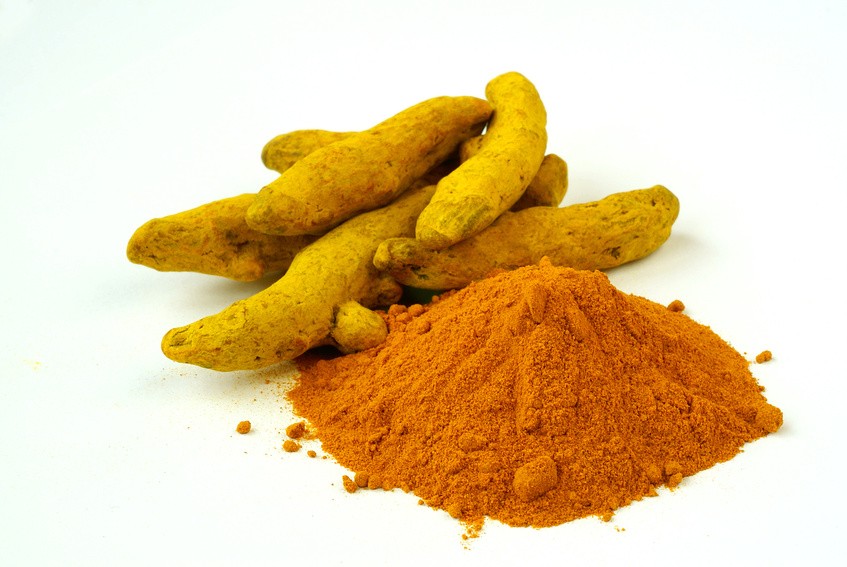
Diagnosed with Cancer? Your two greatest challenges are understanding cancer and understanding possible side effects from chemo and radiation. Knowledge is Power!
Learn about conventional, complementary, and integrative therapies.
Dealing with treatment side effects? Learn about evidence-based therapies to alleviate your symptoms.
Click the orange button to the right to learn more.
- You are here:
- Home »
- Blog »
- side effects ID and prevention »
- AYA Survivors Face Real Risk of More Cancer
AYA Survivors Face Real Risk of More Cancer

“...researchers observed what they called “a steep increase” in the incidence of solid tumors among these survivors (AYA) more than 15 years after completion of cancer therapy
I don’t know if the study below is about being an “adolescent young adult” (AYA) cancer survivor or if anyone who undergoes aggressive, high dose chemotherapy regardless of age, for their blood cancer is at an “elevated risk for subsequent cancers.”
I was diagnosed with a blood cancer called multiple myeloma in 2/94. I underwent aggressive, high dose chemotherapies. Even though I was 34-35 years old at the time I didn’t feel like an AYA cancer patient. I haven’t been diagnosed with a secondary cancer…yet. According to the study below my risk “increased sharply” for a secondary cancer in 2010.
I would like to think my evidence-based, anti-cancer lifestyle is the reason. I eat, supplement, and otherwise live an anti-cancer lifestyle.
To learn more about my anti-cancer lifestyle please scroll down the page, post a question or comment and I will reply to you ASAP.
Thank you,
David Emerson
- MM Survivor
- MM Cancer Coach
- Director PeopleBeatingCancer
Recommended Reading:
- Adolescent and Young Adult (AYA) cancer and fertility
- A Long-term Cancer Survivor’s Diet, Nutrition Plan-
- Cancer Survivors and Mind-Body Therapy
Survivors of adolescent and young adult (AYA) lymphoma, leukemia face elevated risk for subsequent cancers
“Survivors of adolescent and young adult hematologic cancers demonstrated an increased risk for subsequent malignant neoplasms compared with controls…
Solid tumor subsequent malignant neoplasms (SMN) accounted for much of the risk. In addition, researchers observed what they called “a steep increase” in the incidence of solid tumors among these survivors more than 15 years after completion of cancer therapy...
Cancer survivors are at increased risk for SMN. However, limited data exist about the magnitude of SMN risk among survivors of adolescent and young adult hematologic cancers, as well as the factors that contribute to that risk and patient outcomes after SMN onset…
Results showed a significantly higher SMN incidence among cancer survivors than controls (17.8% vs. 4.5%; P < .01). Risk increased sharply after 15 years, driven largely by solid SMNs…
Among all cancer survivors analyzed, those who developed an SMN demonstrated a significantly increased risk for all-cause mortality...


